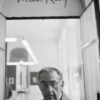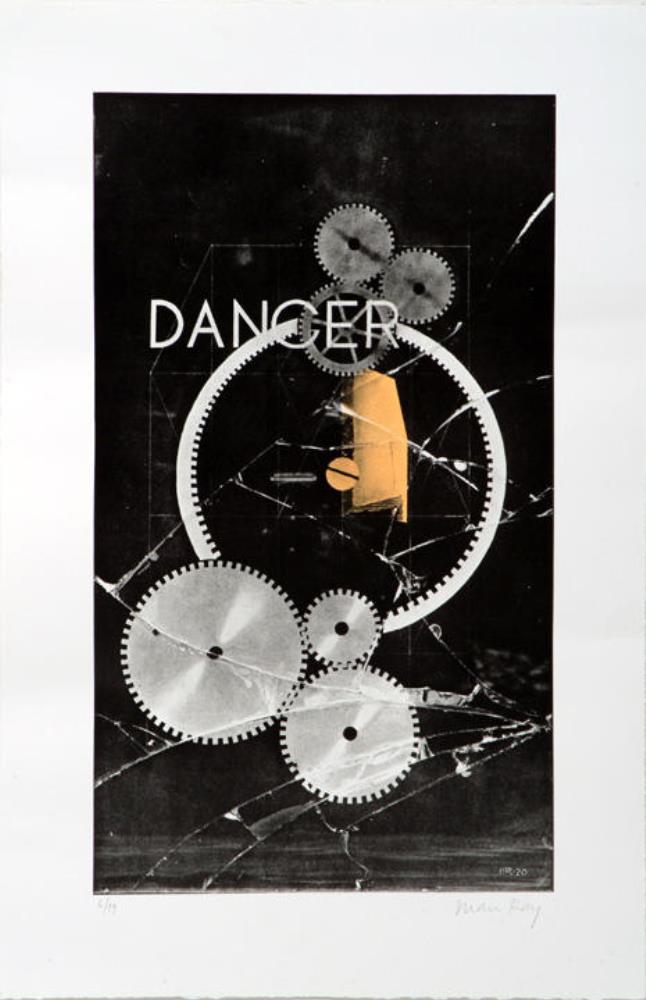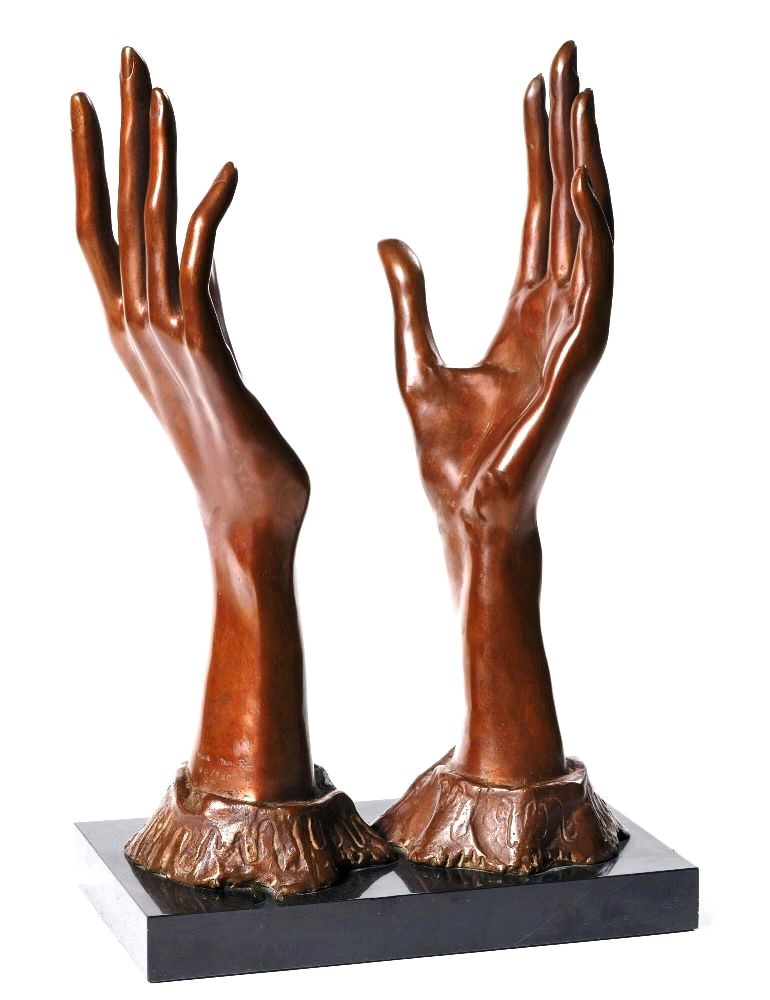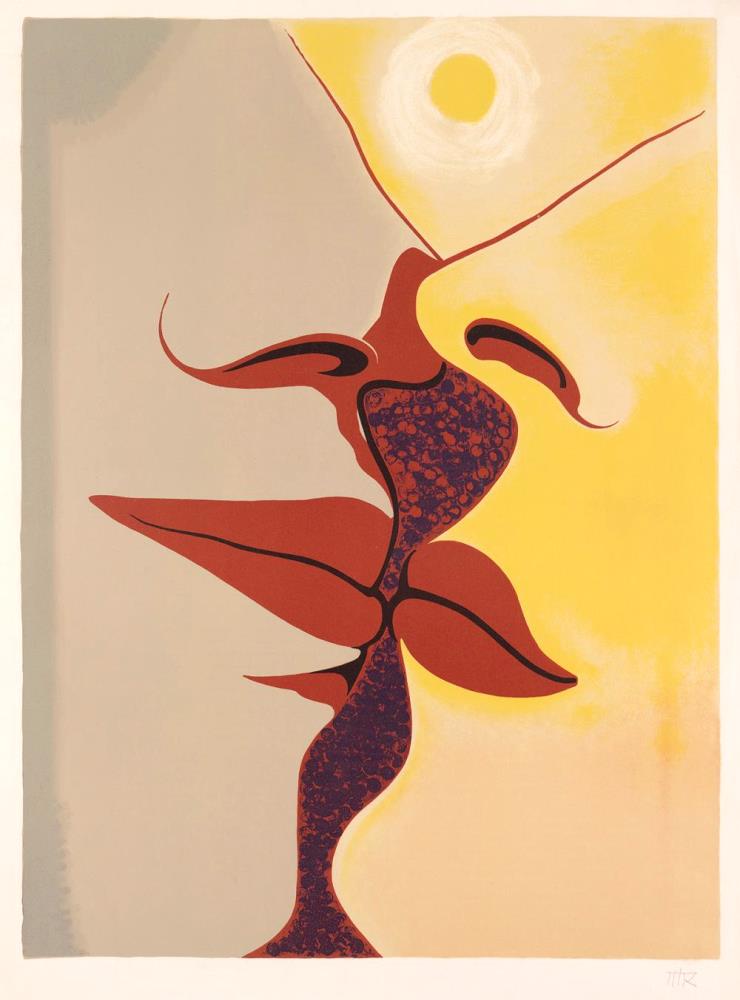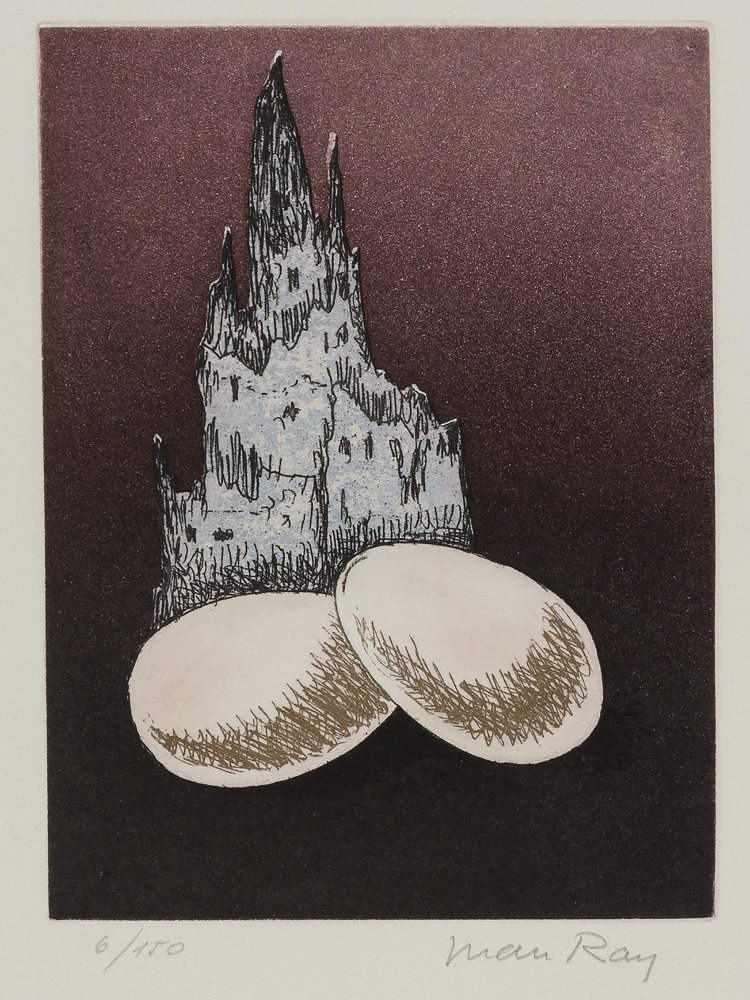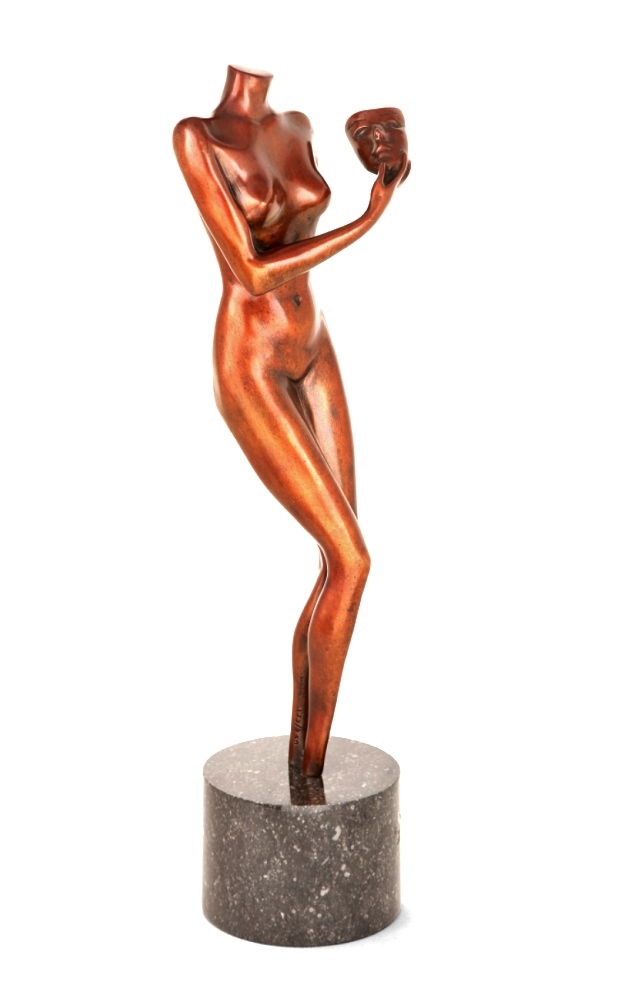Man Ray; born Emmanuel Radnitzky, on August 27, 1890 and died on November 18, 1976. He was an American visual artist who spent most of his career in France. He was a significant contributor to the Dada and Surrealist movements, although his ties to each were informal.
He produced major works in a variety of media but considered himself a painter above all. He was best known for his photography, and he was a renowned fashion and portrait photographer. Man Ray is also noted for his work with photograms, which he called “rayographs” in reference to himself.
During his career as an artist, Man Ray allowed few details of his early life or family background to be known to the public. He even refused to acknowledge that he ever had a name other than Man Ray.
Man Ray was born as Emmanuel Radnitzky in South Philadelphia, Pennsylvania, U.S. in 1890. He was the eldest child of Russian Jewish immigrants. He had a brother and two sisters, the youngest born in 1897 shortly after they settled in the Williamsburg neighborhood of Brooklyn, New York. In early 1912, the Radnitzky family changed their surname to Ray. Man Ray’s brother chose the surname in reaction to the ethnic discrimination and antisemitism prevalent at the time. Emmanuel, who was called “Manny” as a nickname, changed his first name to Man and gradually began to use Man Ray as his combined single name.
Man Ray’s father worked in a garment factory and ran a small tailoring business out of the family home. He enlisted his children to assist him from an early age. Man Ray’s mother enjoyed designing the family’s clothes and inventing patchwork items from scraps of fabric. Man Ray wished to disassociate himself from his family background, but their tailoring left an enduring mark on his art. Mannequins, flat irons, sewing machines, needles, pins, threads, swatches of fabric, and other items related to tailoring appear in almost every medium of his work. Art historians have noted similarities between Ray’s collage and painting techniques and styles used for tailoring.
Mason Klein, curator of a Man Ray exhibition at the Jewish Museum, titled Alias Man Ray: The Art of Reinvention suggests that the artist may have been “the first Jewish avant-garde artist.
Man Ray displayed artistic and mechanical abilities during childhood. His education at Brooklyn’s Boys’ High School from 1904 to 1909 provided him with solid grounding in drafting and other basic art techniques. While he attended school, he educated himself with frequent visits to the local art museums, where he studied the works of the Old Masters.
After his graduation, Ray was offered a scholarship to study architecture but chose to pursue a career as an artist. Man Ray’s parents were disappointed by their son’s decision to pursue art, but they agreed to rearrange the family’s modest living quarters so that Ray’s room could be his studio. The artist remained in the family home over the next four years. During this time, he worked steadily towards becoming a professional painter. Man Ray earned money as a commercial artist and was a technical illustrator at several Manhattan companies.
The surviving examples of his work from this period indicate that he attempted mostly paintings and drawings in 19th-century styles. He was already an avid admirer of contemporary avant-garde art, such as the European modernists he saw at Alfred Stieglitz’s “291” gallery and works by the Ashcan School.
However, with a few exceptions, he was not yet able to integrate these trends into his own work. The art classes he sporadically attended, including stints at the National Academy of Design and the Art Students League, were of little apparent benefit to him. When he enrolled in the Ferrer School in the autumn of 1912, he began a period of intense and rapid artistic development.
While living in New York City, Man Ray was visually influenced by the 1913 Armory Show and galleries of European contemporary works. His early paintings display facets of cubism. After befriending Marcel Duchamp, who was interested in showing movement in static paintings, his works began to depict movement of the figures.
In 1915, Man Ray had his first solo show of paintings and drawings after he had taken up residence at an art colony in Grantwood, New Jersey, across the Hudson River from New York City. His first proto-Dada object, an assemblage titled Self-Portrait, was exhibited the following year. He produced his first significant photographs in 1918.
Man Ray abandoned conventional painting to involve himself with Dada, a radical anti-art movement. He started making objects and developed unique mechanical and photographic methods of making images. For the 1918 version of Rope Dancer, he combined a spray-gun technique with a pen drawing. Like Duchamp, he did ready-made—ordinary objects that are selected and modified.
His Gift readymade (1921) is a flatiron with metal tacks attached to the bottom, and Enigma of Isidore Ducasse is an unseen object (a sewing machine) wrapped in cloth and tied with cord. Aerograph (1919), another work from this period, was done with airbrush on glass.
In 1920, Man Ray helped Duchamp make the Rotary Glass Plates, one of the earliest examples of kinetic art. It was composed of glass plates turned by a motor. That same year, Man Ray, Katherine Dreier, and Duchamp founded the Société Anonyme, an itinerant collection that was the first museum of modern art in the U.S
Man Ray teamed up with Duchamp to publish one issue of New York Dada in 1920. For Man Ray, Dada’s experimentation was no match for the wild and chaotic streets of New York. He wrote that “Dada cannot live in New York. All New York is dada, and will not tolerate a rival.”
In 1913, Man Ray met his first wife, the Belgian poet Adon Lacroix (Donna Lecoeur) (1887–1975), in New York. They married in 1914, separated in 1919, and formally divorced in 1937.
In July 1921, Man Ray went to live and work in Paris, France. He soon settled in the Montparnasse quarter favored by many artists. Shortly after arriving in Paris, he met and fell in love with Kiki de Montparnasse (Alice Prin), an artists’ model and celebrated character in Paris bohemian circles. Kiki was Man Ray’s companion for most of the 1920s. She became the subject of some of his most famous photographic images and starred in his experimental films, Le Retour à la Raison and L’Étoile de mer.
In 1929, he began a love affair with the Surrealist photographer Lee Miller.
For the next 20 years in Montparnasse, Man Ray was a distinguished photographer. Significant members of the art world, such as James Joyce, Gertrude Stein, Jean Cocteau, Bridget Bate Tichenor, and Antonin Artaud, posed for his camera.
Man Ray, 1929, A Night at Saint Jean-de-Luz, Modern Art Museum of the City of Paris. The Misunderstood (1938), collection of the Man Ray Estate
Man Ray was represented in the first Surrealist exhibition with Jean Arp, Max Ernst, André Masson, Joan Miró, and Pablo Picasso at the Galerie Pierre in Paris in 1925.
Important works from this time were a metronome with an eye, originally titled Object to Be Destroyed, and the Violon d’Ingres, a stunning photograph of Kiki de Montparnasse, styled after the painter/musician Ingres. Violon d’Ingres is a popular example of how Man Ray could juxtapose disparate elements in his photography to generate meaning.
In 1934, the surrealist artist Méret Oppenheim, known for her fur-covered teacup, posed nude for Man Ray in a well-known series of photographs depicting her as standing next to a printing press.
With Lee Miller, his photographic assistant and lover, Man Ray reinvented the photographic technique of solarization. He also created a type of photogram he called “rayographs”, which he described as “pure dadaism”.
Man Ray directed a number of influential avant-garde short films, known as Cinéma Pur. He directed Le Retour à la Raison (2 mins, 1923); Emak-Bakia (16 mins, 1926); L’Étoile de Mer (15 mins, 1928); and Les Mystères du Château de Dé (27 mins, 1929). Man Ray also assisted Marcel Duchamp with the cinematography of his film Anemic Cinema (1926), and Ray personally manned the camera on Fernand Léger’s Ballet Mécanique (1924). In René Clair’s film Entr’acte (1924), Man Ray appeared in a brief scene playing chess with Duchamp.
Duchamp, Man Ray, and Francis Picabia were friends and collaborators. The three were connected by their experimental, entertaining, and innovative art.
Man Ray was forced to return from Paris to the United States due to the Second World War.
He lived in Los Angeles, California from 1940 to 1951 where he focused his creative energy on painting. A few days after arriving in Los Angeles, Man Ray met Juliet Browner, a first-generation American of Romanian-Jewish lineage. She was a trained dancer, who studied dance with Martha Graham, and an experienced artists’ model. The two married in 1946 in a double wedding with their friends Max Ernst and Dorothea Tanning. In 1948 Man Ray had a solo exhibition at the Copley Galleries in Beverley Hills, which brought together a wide array of work and featured his newly painted canvases of the Shakespearean Equations series.
Man Ray called Montparnasse home and returned there in 1951. In 1963, he published his autobiography, Self-Portrait, which was republished in 1999.
He died in Paris on November 18, 1976 from a lung infection. He was interred in the Cimetière du Montparnasse in Paris.
Ray’s epitaph reads “unconcerned, but not indifferent”.
When Juliet Browner died in 1991, she was interred in the same tomb. Her epitaph reads “together again”.
Juliet organized a trust for his work and donated much of his work to museums. Her plans to restore the studio as a public museum proved too expensive, such was the structure’s disrepair.
Most of the contents were stored at the Pompidou Center.
Sources Wikipedia #biography
+++
#collection #ysebaertlouisseizearts
